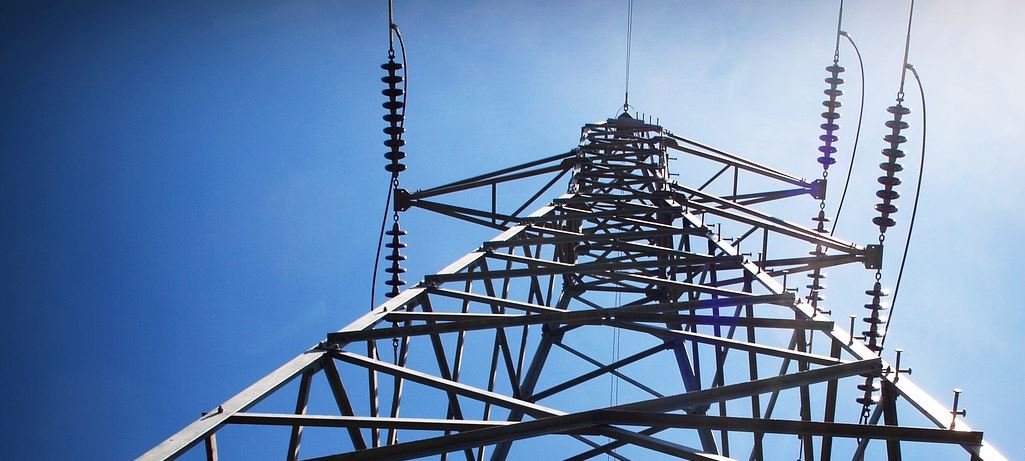Up until recently, grid modernization to accommodate high levels of renewable energy was a long-distant goal, the subject of academic discussions and theoretical modeling for some time in the future. As more distributed solar and other resources are added to the grid, however, regulators are increasingly looking for tools that will help them figure out how to optimize the grid to take advantage of them.
That’s where a new guide by the Interstate Renewable Energy Council (IREC) comes in. Titled Optimizing the Grid: A Regulator’s Guide to Hosting Capacity Analyses for Distributed Energy Resources, it offers regulators a new tool – hosting capacity analyses (HCA) – to ensure their local grids are capable of handling the ever-increasing volume of distributed resources coming online.
In the report, IREC identifies “hosting capacity” as “the amount of distributed energy resources that can be accommodated on the distribution system at a given time and at a given location, under existing grid conditions and operations, without adversely impacting grid safety or reliability and without requiring significant infrastructure upgrades.”
In other words, it refers to the real-life limits on how much distributed electricity resources a grid can handle before it gets overloaded. Careful analysis of these limits will provide regulators with the ability to anticipate where additional capacity will be necessary and plan to improve capacity accordingly.
“Hosting capacity analyses allow utilities, regulators and electricity customers to make more efficient and cost-effective choices about where, when and how to deploy distributed energy resources on the grid,” said Sky Stanfield, lead author and regulatory attorney representing IREC. “If adopted with intention, this analytical tool may also function as a bridge to span information gaps between developers, customers and utilities, enabling more productive grid interactions and more economical grid solutions.”
IREC argues there are three critical steps in the process of conducting a proper HCA:
- Deploying the analysis to support relevant state policy goals;
- Having clearly defined use cases; and
- Including the input from all involved stakeholders.
The guide offers detailed suggestions about how to achieve these three goals, which it argues leads to an HCA that provides utilities actionable information instead of the typical reactive posture utilities are often currently forced to take. The IREC guide also offers insights into the different methodologies that can be used by regulators during an HCA, recognizing that there is no one-size-fits-all way of conducting these analyses.
“Rather than merely reacting to consumer adoption of distributed energy resources, a tool such as hosting capacity analysis allows for improved transparency and insight into the electric distribution system, a key step toward realizing a modern, clean and resilient grid,” says Stephanie Safdi, the report’s co-author. “Based on lessons from the handful of states and utilities that have begun to prepare hosting capacity analyses, this new guide focuses on the process that will help other regulators as they oversee their own state’s development and implementation.”
This content is protected by copyright and may not be reused. If you want to cooperate with us and would like to reuse some of our content, please contact: editors@pv-magazine.com.








By submitting this form you agree to pv magazine using your data for the purposes of publishing your comment.
Your personal data will only be disclosed or otherwise transmitted to third parties for the purposes of spam filtering or if this is necessary for technical maintenance of the website. Any other transfer to third parties will not take place unless this is justified on the basis of applicable data protection regulations or if pv magazine is legally obliged to do so.
You may revoke this consent at any time with effect for the future, in which case your personal data will be deleted immediately. Otherwise, your data will be deleted if pv magazine has processed your request or the purpose of data storage is fulfilled.
Further information on data privacy can be found in our Data Protection Policy.